Cats are fascinating creatures, often exhibiting an air of mystery and independence. While they are known for their vocalizations, such as meowing, they also have a rich repertoire of non-verbal communication. Understanding these signals can help cat owners develop stronger bonds with their feline companions and better assess their cat’s emotional state. In this article, we will explore seven ways cats express their emotions without meowing, offering insights into their intricate behavior.
Body Language: The Cat’s Silent Communicator
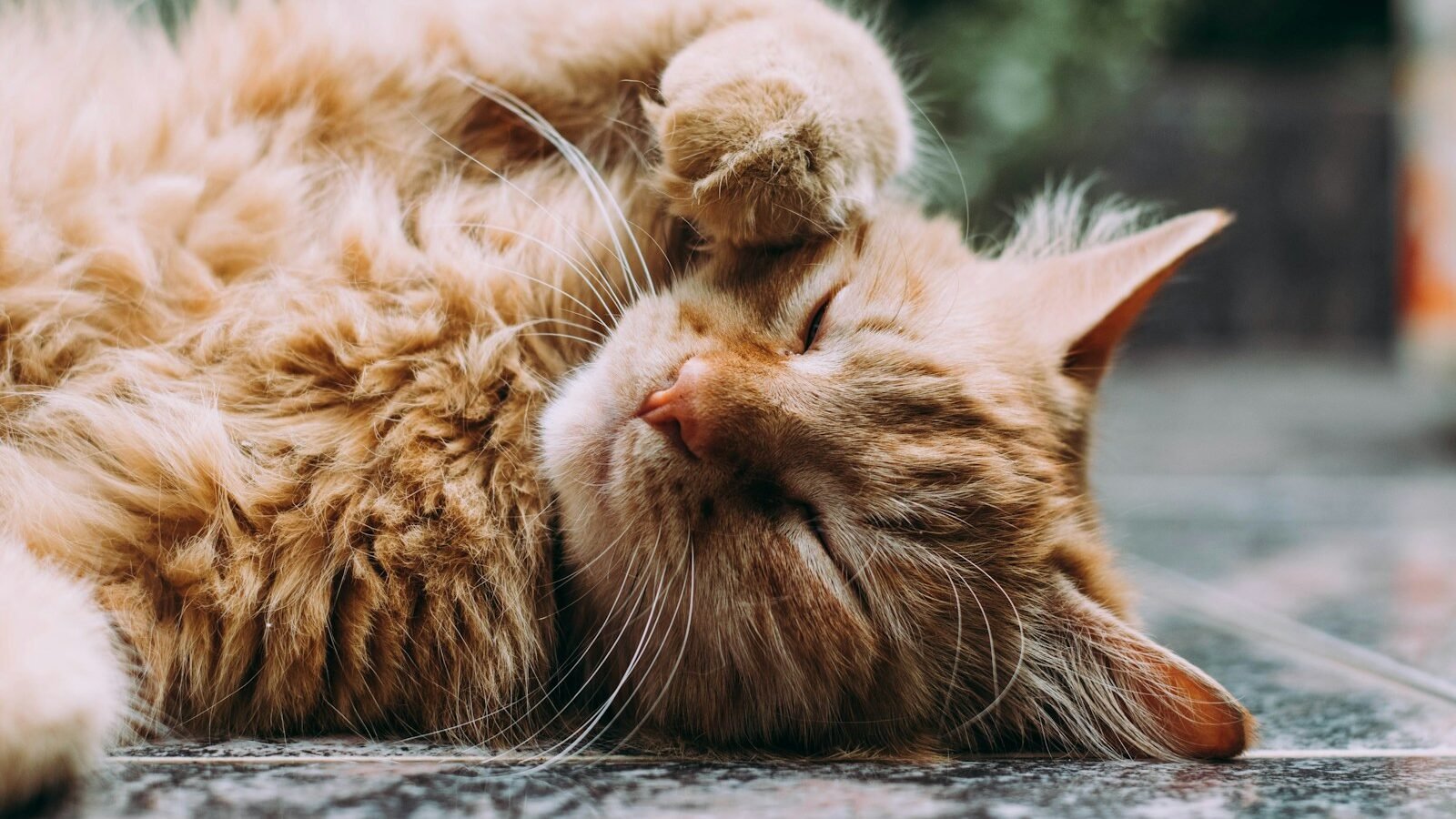
Photo by Ludemeula Fernandes via Pexels
Cats often rely on body language to convey how they are feeling. From the position of their ears to the arch of their back, these subtle signals can speak volumes about a cat’s emotional state. Observing your cat’s body posture can provide clues about whether they are feeling content, threatened, or playful.
The Tale of the Tail
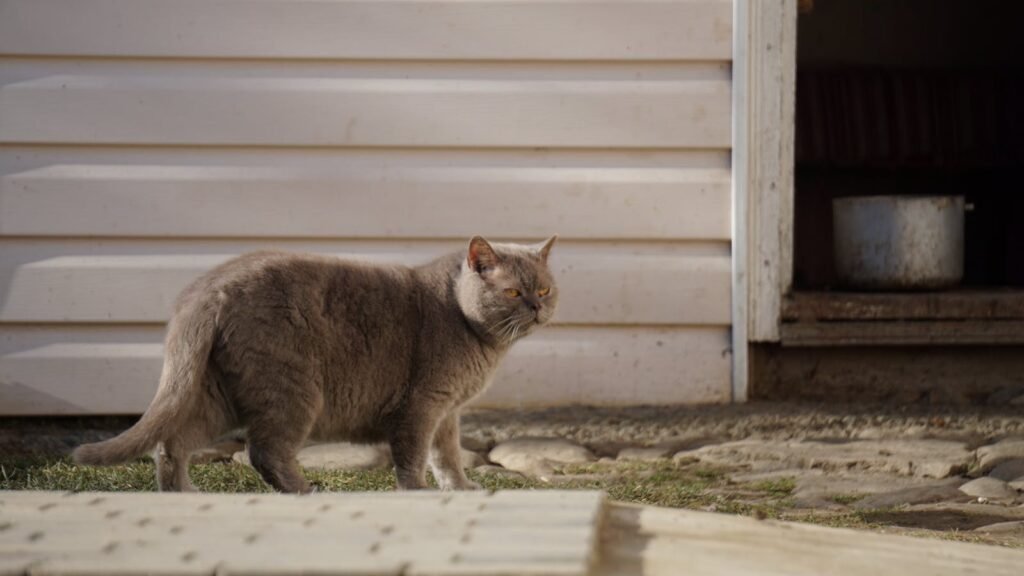
A cat’s tail is highly expressive and can indicate a range of emotions. A tail held high typically signifies confidence and contentment, whereas a low, tucked tail might suggest fear or submission. A puffed-up tail usually indicates that the cat feels threatened, and might be preparing to defend itself.
Eyes: Windows to the Soul
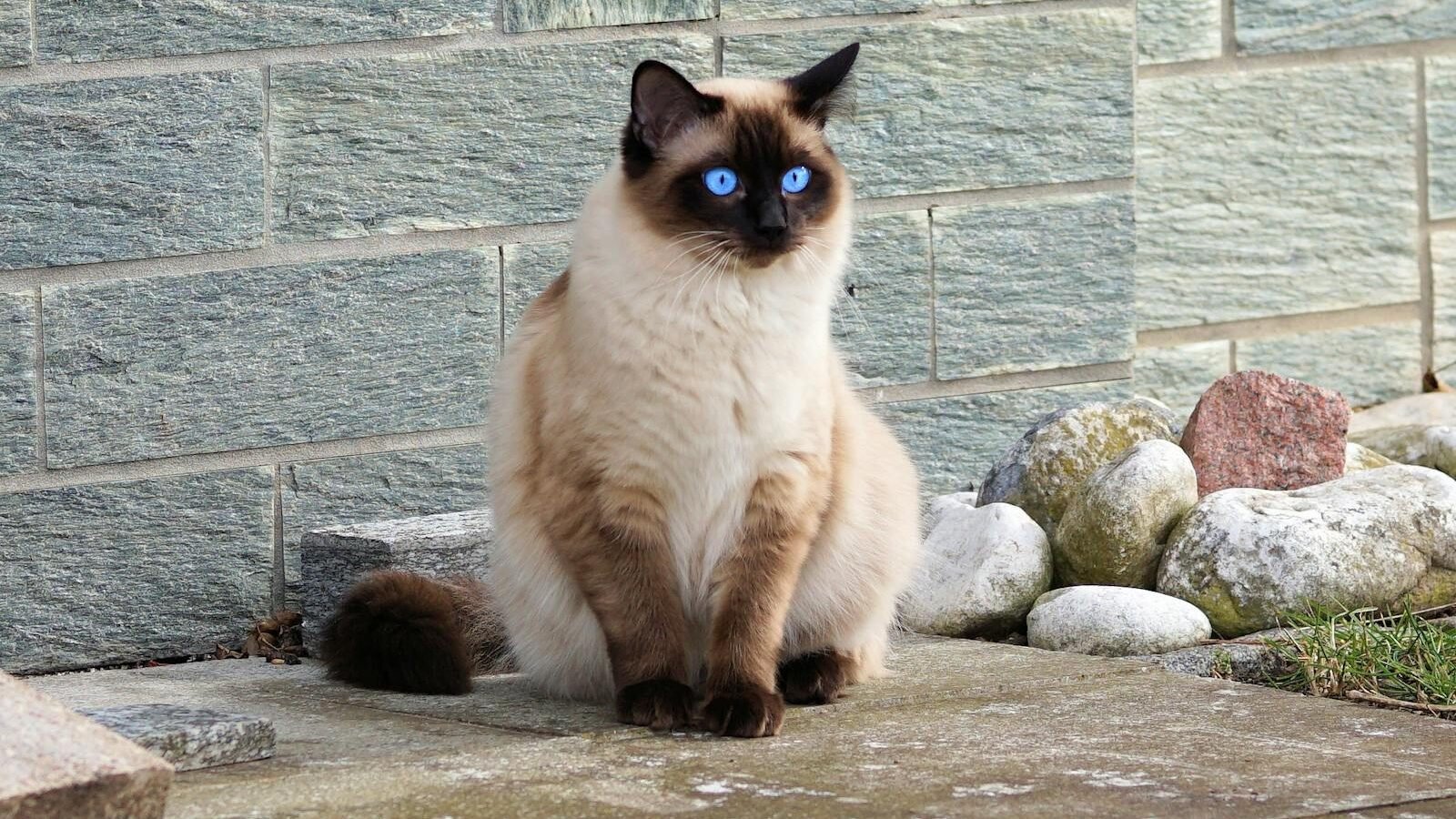
Photo by Pixabay via Pexels
The eyes of a cat can reveal much about their mood. Slow blinking is often a sign of trust and affection, sometimes referred to as “cat kisses.” Wide, dilated pupils can indicate excitement or fear, depending on the context. Conversely, narrowed eyes might signal irritation or aggression.
The Language of Purring
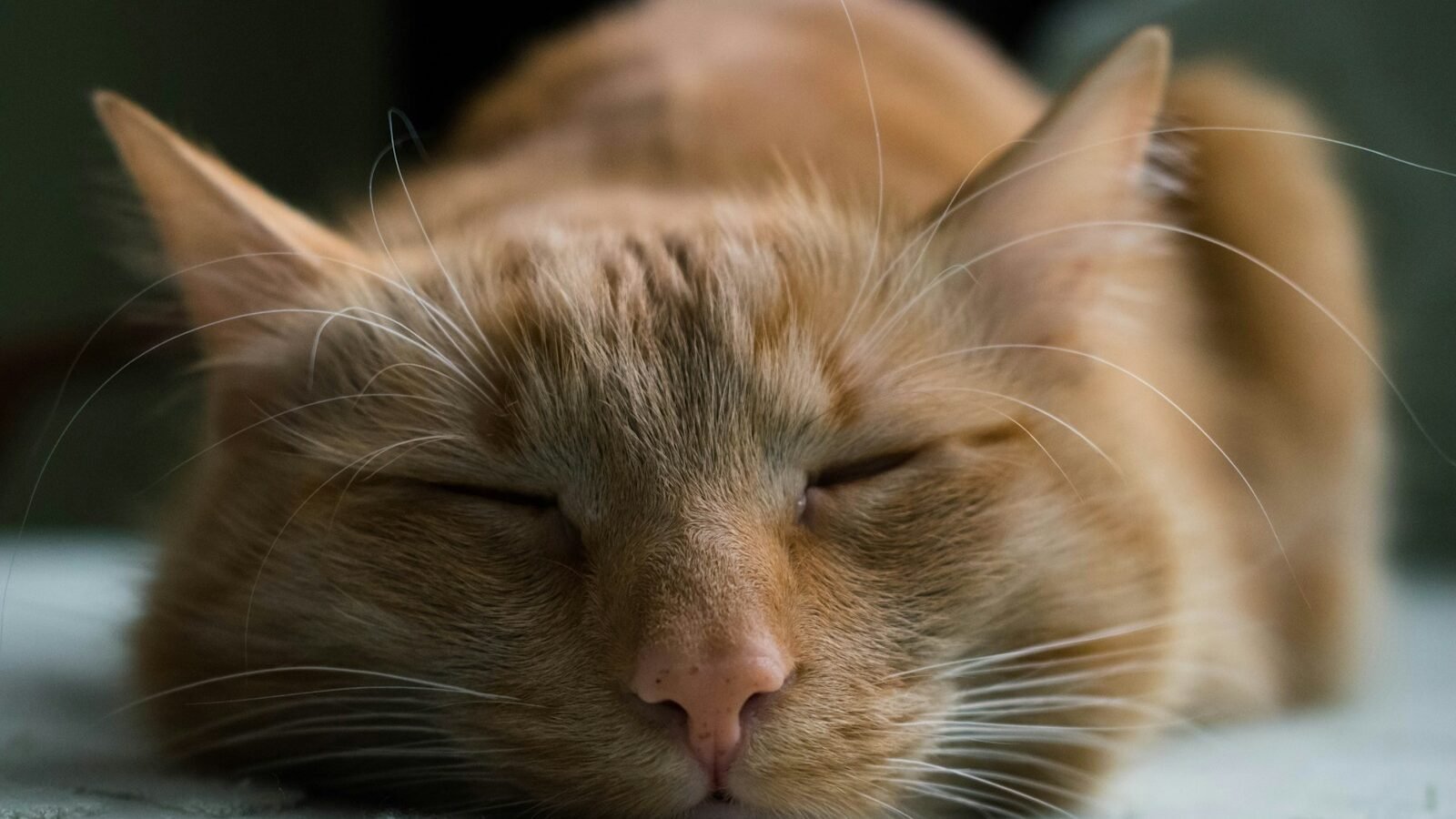
While not a meow, purring is one of the most recognizable forms of feline communication. Contrary to popular belief, cats do not purr only when they are happy. They may also purr when they are frightened, in pain, or seeking comfort, using it as a mechanism to soothe themselves.
Kneading: A Sign of Contentment
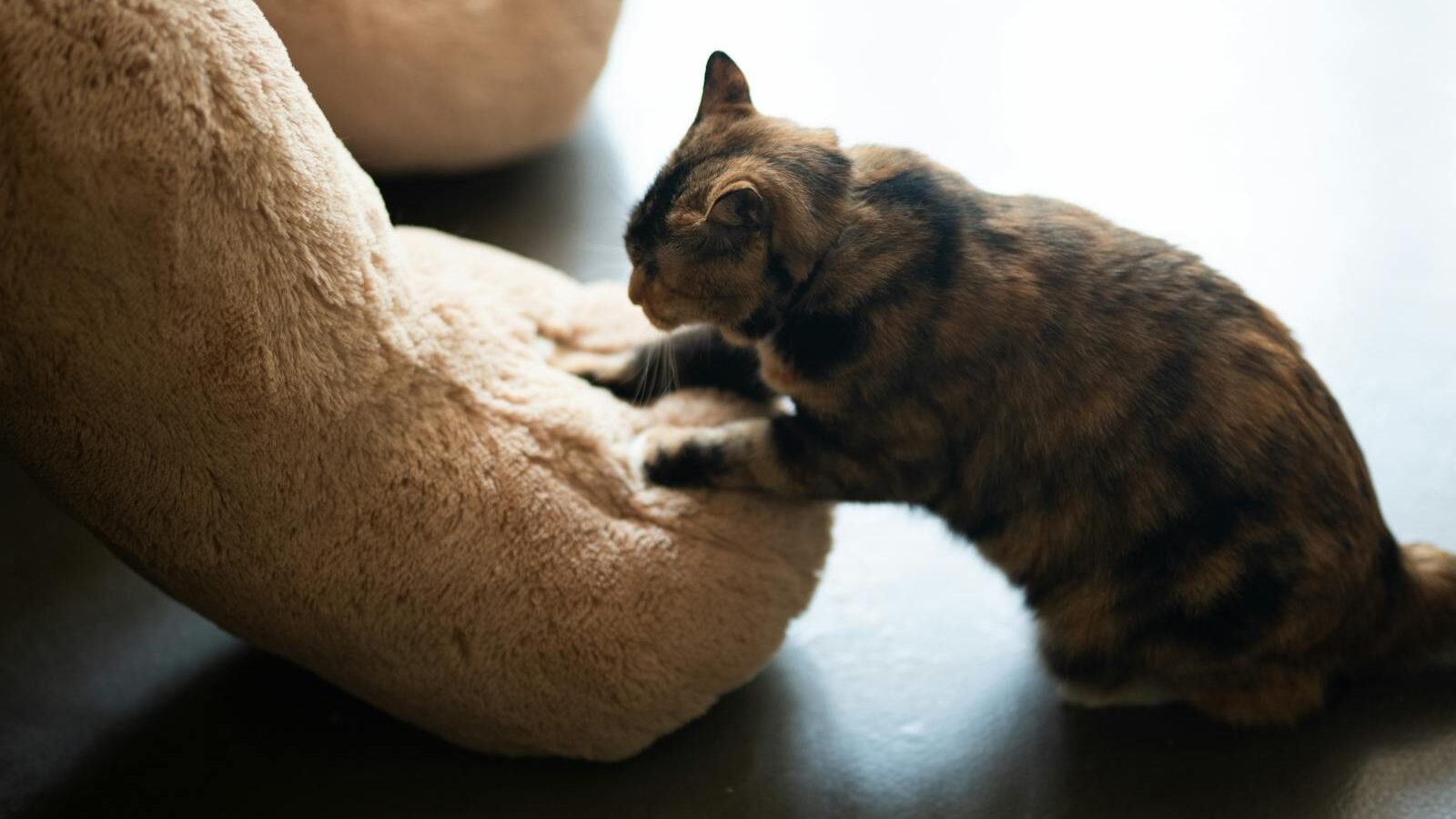
Photo by Cats Coming via Pexels
When cats knead, or rhythmically push their paws against a soft surface, it can be a sign of deep contentment and pleasure. This behavior originates from kittenhood when they would knead their mother’s belly to stimulate milk flow. When adult cats knead, it is often a comforting, instinctual behavior.
Grooming: More Than Just Cleanliness
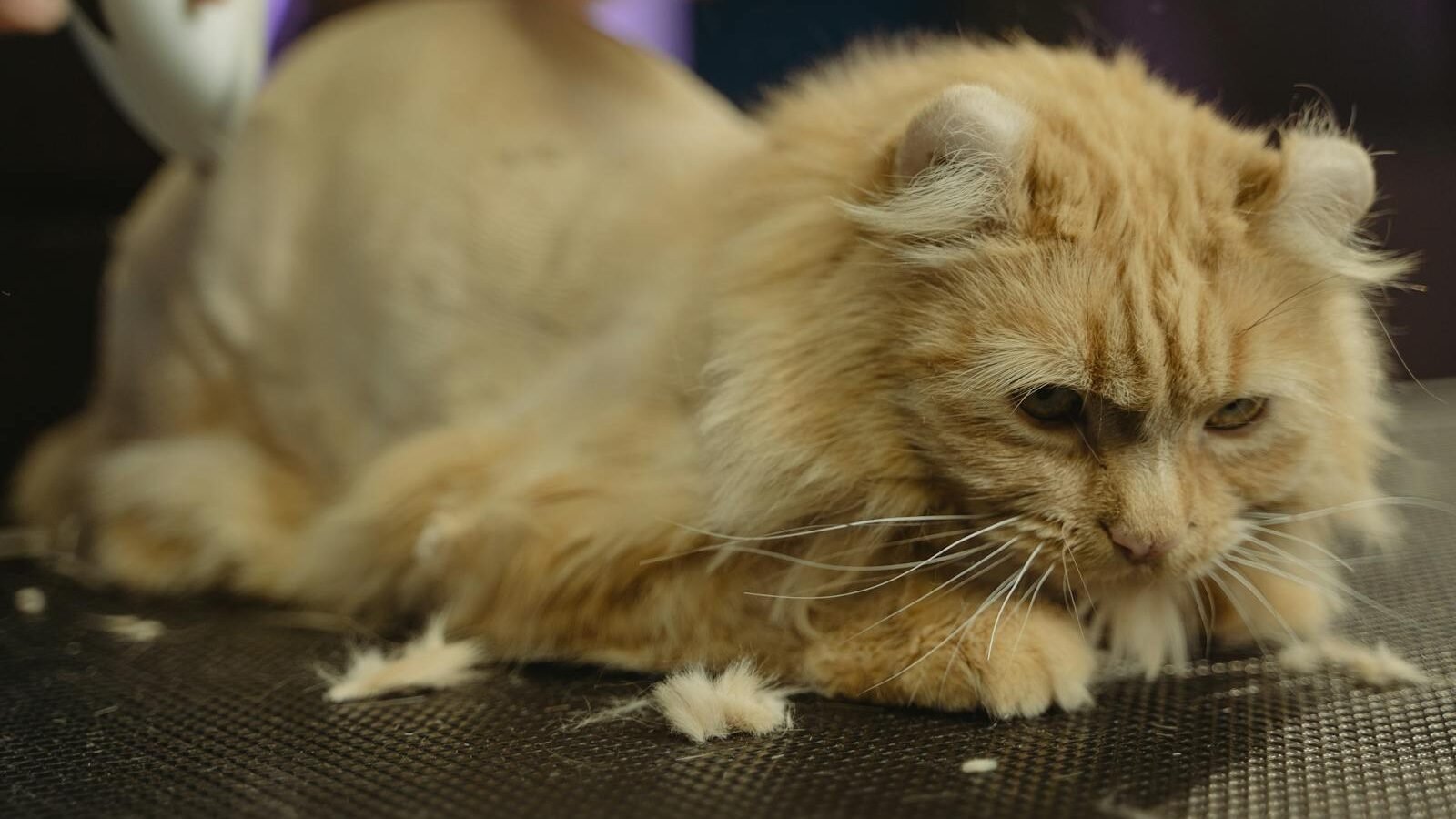
Grooming is an essential part of a cat’s routine, but it can also be a soothing activity that expresses comfort and relaxation. Over-grooming, however, might indicate stress or anxiety. Cats also groom each other and their human companions as a means of social bonding.
Bunting and Head-Butts
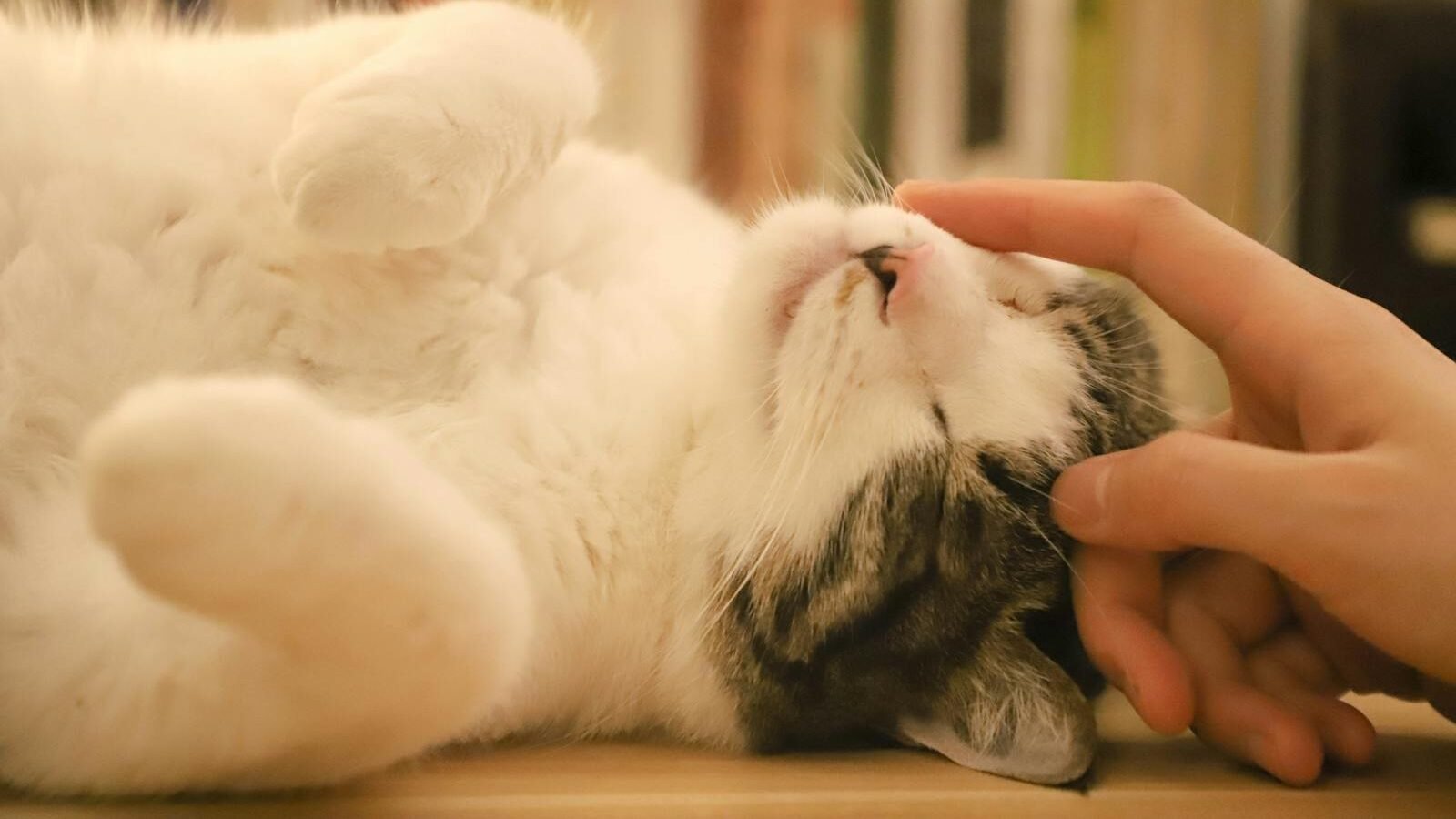
Photo by Cats Coming via Pexels
Bunting, or gently head-butting, is a way for cats to leave their scent on things and individuals they consider part of their territory. It is a strong sign of trust and affection. When a cat head-butts you, it is marking you with its scent and recognizing you as a familiar and safe presence.
The Art of the Play
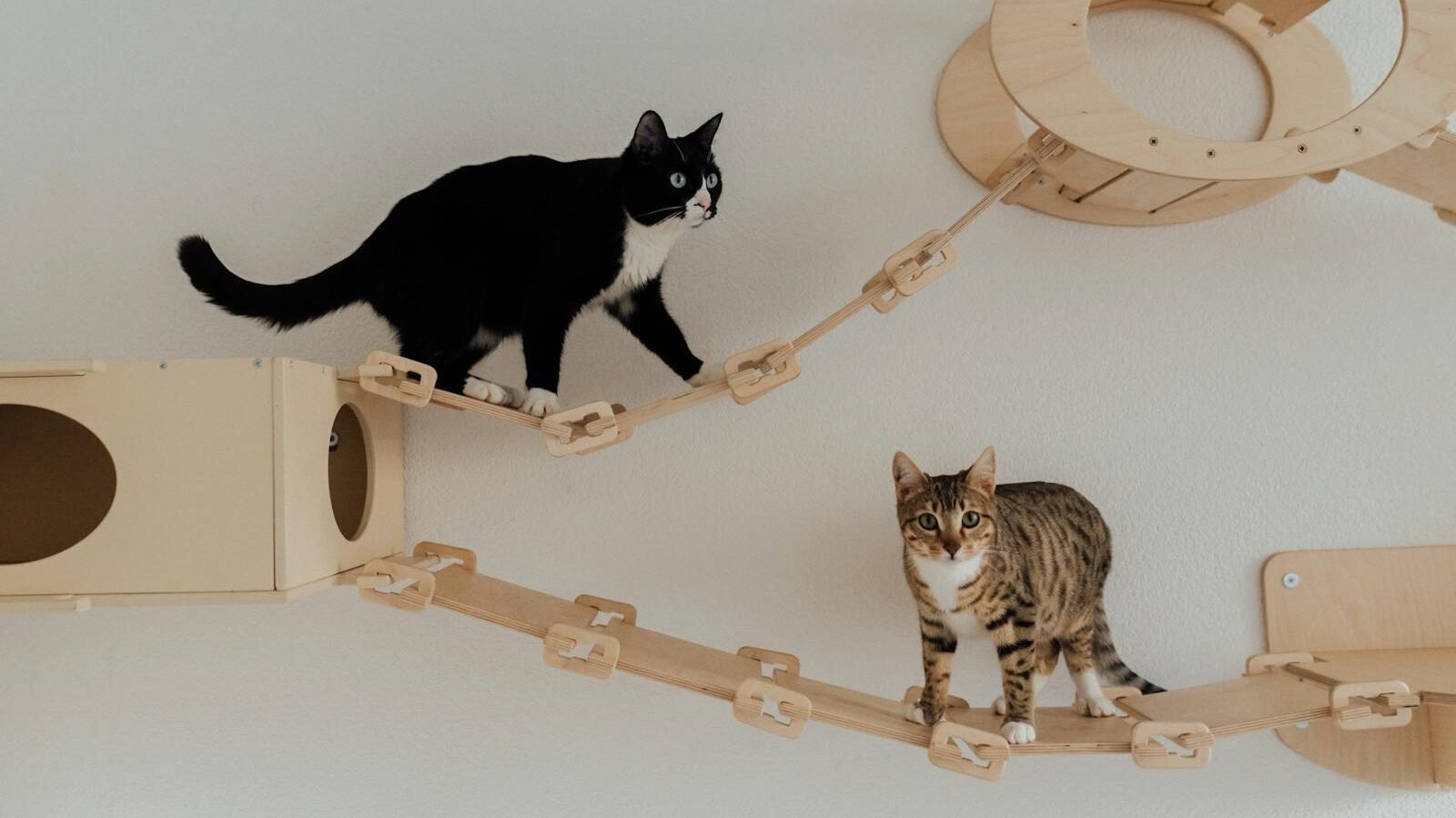
Play is an integral part of a cat’s expression of emotions. When cats play, they are not only engaging in a physical activity but also communicating their vitality and happiness. Playful behavior, such as pouncing and chasing, can reflect a cat’s contentment and willingness to engage with their humans or feline friends.
Conclusion: Listening to the Silence
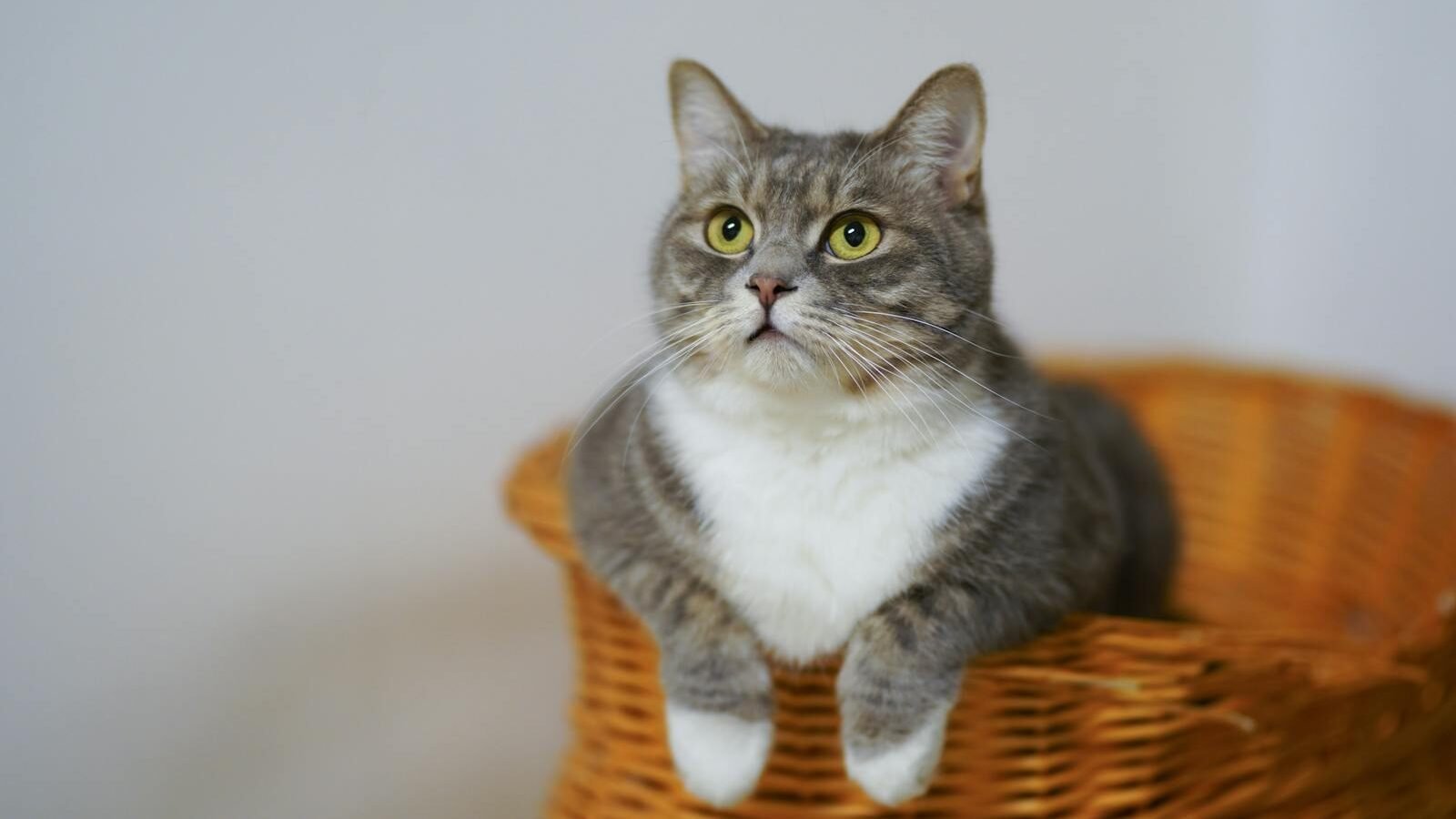
Photo by Cats Coming via Pexels
Deciphering the silent language of cats requires careful observation and an understanding of their natural behaviors. By paying attention to their body language, actions, and subtle cues, we can better understand our feline friends and respond to their needs. Ultimately, these non-verbal expressions enrich the human-cat relationship, fostering a deeper connection built on trust and empathy.

With over a decade of experience as a dedicated cat lover and enthusiast, I specialize in writing captivating content about all things feline. My expertise shines through in creating engaging and informative pieces that resonate with fellow cat lovers. As a proud cat parent to my beloved Duston, my personal connection to the world of cats adds authenticity and warmth to my work, making it relatable and heartfelt.






